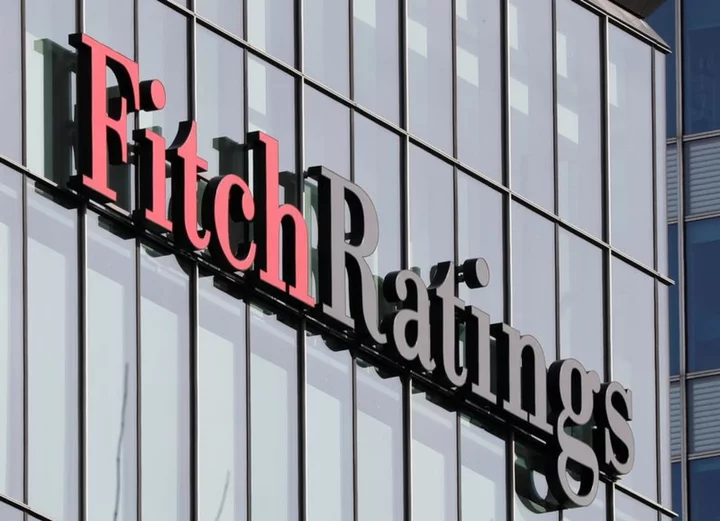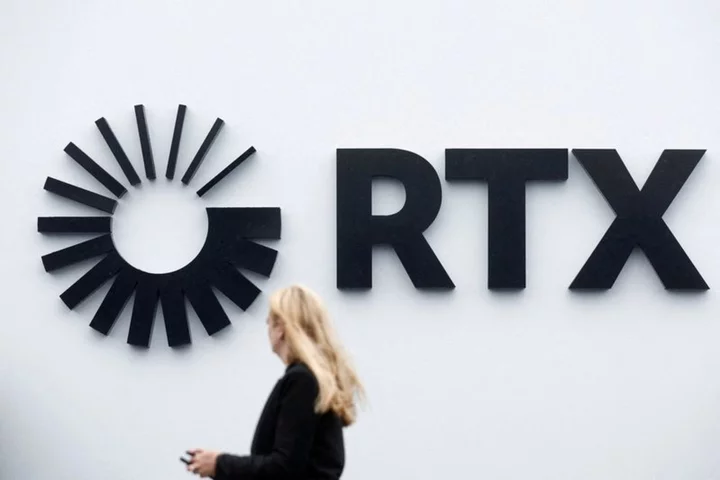(Reuters) -The United States' "AAA" credit rating will remain on negative watch, despite a debt limit agreement that will allow the government to meet its obligations, Fitch Ratings said on Friday.
The U.S. Senate on Thursday passed bipartisan legislation backed by President Joe Biden that lifts the government's $31.4 trillion debt ceiling, following months of bickering between Democrats and Republicans.
"Reaching an agreement despite heated political partisanship while reducing fiscal deficits modestly over the next two years are positive considerations," Fitch said in a statement.
"However, Fitch believes that repeated political standoffs around the debt-limit and last-minute suspensions before the x-date (when the Treasury’s cash position and extraordinary measures are exhausted) lowers confidence in governance on fiscal and debt matters."
The agency also mentioned a "steady deterioration" in governance over the last 15 years, increased political polarization, and repeated brinkmanship around raising the government's borrowing cap, as well as rising fiscal deficits and debt.
Fitch had put the United States' credit on watch for a possible downgrade last week. It said on Friday it intends to resolve the review in the third quarter this year.
"The coherence and credibility of policymaking, as well as the expected medium-term fiscal and debt trajectories will be key factors in our assessment," it said.
Yields on US Treasuries initially moved higher after Fitch's announcement but have since fallen back, with the benchmark U.S. 10-year note last at 3.6811%.
Ed Mills, a Washington policy analyst at Raymond James, said Fitch's decision reflected the fact that despite the debt deal there have been no structural changes to the way the government deals with its borrowing limit.
"Unless the process fundamentally changes, the drama is guaranteed to return and the threat is always there of a mistake," he said.
Analysts have said even after House Republicans and the White House reached a deal, rating agencies could downgrade the U.S. government similarly to what happened in 2011, when S&P cut the U.S. rating by one notch even as a default was narrowly averted.
Investors use credit ratings as one of the metrics to assess the risk profiles of governments and companies. Generally, the lower a borrower's rating, the higher its financing costs.
(Reporting by Tyler Clifford, Davide Barbuscia, Ross KerberEditing by Caitlin Webber, Tim Ahmann, Frances Kerry and David Evans)









